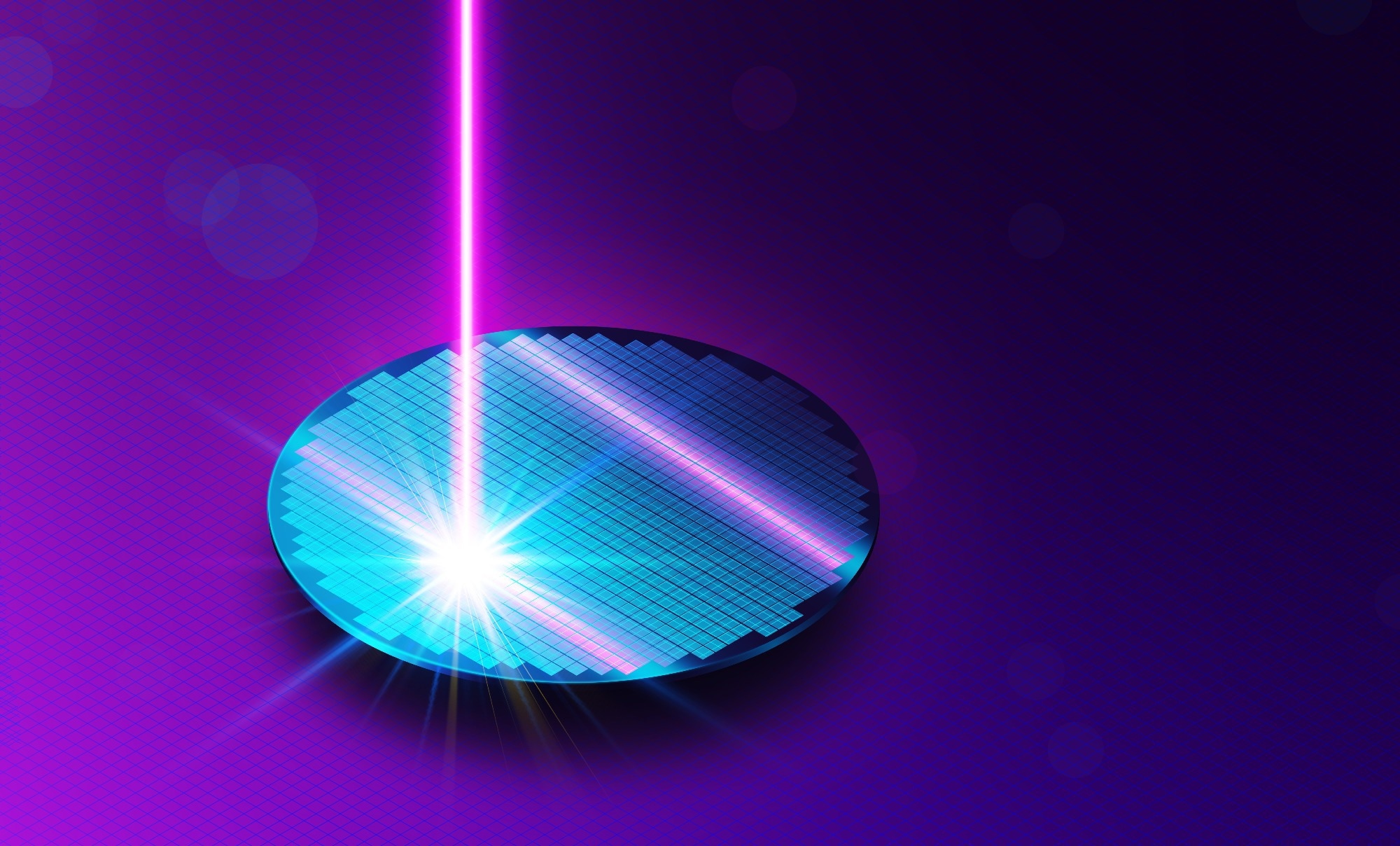A recent article in Advanced Materials reports a new fabrication method for nonlinear optical components using nanostructured polycrystalline lithium niobate (LN). The study addresses key limitations of top-down fabrication techniques for lithium niobate, which are constrained by the material’s chemical inertness.
The authors present a scalable, cost-efficient approach based on direct soft nanoimprint lithography (SNIL), enabling the production of polycrystalline LN nanostructures with demonstrated utility in nonlinear optics.
 Image Credit: ArtemisDiana/Shutterstock.com
Image Credit: ArtemisDiana/Shutterstock.com
Background
Lithium niobate is widely used in nonlinear optics due to its strong second-order nonlinear response, making it suitable for processes like second-harmonic generation (SHG).
However, traditional fabrication methods for LN nanostructures rely on top-down techniques that are limited in resolution and scalability. These approaches often struggle with etching precision and pattern fidelity because of LN’s inert chemical nature.
To overcome these challenges, the study introduces a bottom-up strategy using sol-gel chemistry to produce a printable LN precursor. This precursor enables the formation of nanoscale patterns through SNIL, avoiding the complexity and cost associated with conventional lithography.
The resulting polycrystalline LN maintains relevant optical properties and allows for the fabrication of nonlinear metasurfaces, including geometric-phase metalenses.
The Current Study
The authors synthesized a stable, low-viscosity sol-gel precursor for LN using metal ethoxide chemistry, optimized with gelation agents, anhydrous solvents, and pH control. Thin films (120 nm) were prepared by spin-coating the precursor onto substrates and then imprinted using SNIL to define the nanostructure geometry.
The optical nonlinearity of the material was evaluated using SHG measurements under pulsed laser illumination. The effective second-order nonlinear coefficient (d_eff) was measured at 4.8 pm/V, consistent with the expected values for polycrystalline LN. Structural analysis using scanning transmission electron microscopy (STEM) confirmed well-formed cross-sections and nanostructure integrity.
Results and Discussion
The fabricated LN metalenses demonstrated efficient SHG focusing across a broad spectral range from near-UV to near-IR. The SHG signal intensity increased by up to 34× under optimal conditions. The SHG response was concentrated near the metalens surface, validating the lens design and confirming the viability of using polycrystalline LN for nonlinear metasurfaces.
Design variations in the nanostructures influenced both intensity and focusing characteristics. Comparisons with previously reported materials, such as polycrystalline ZnO, showed a clear performance improvement in SHG signal enhancement. The authors attribute this to the favorable nonlinear properties of LN and the effectiveness of the SNIL patterning process.
Importantly, the metalens design does not rely on resonance-induced phase shifts, which can limit operational bandwidth. This contributes to more robust performance and greater tolerance to fabrication deviations, making the approach better suited for real-world nonlinear optical applications.
Download your PDF copy now!
Conclusion
The study demonstrates the first geometric-phase metalens fabricated from polycrystalline lithium niobate using a scalable nanoimprint lithography technique. The sol-gel-based SNIL process offers a reproducible and efficient route to producing nonlinear optical components with high performance in SHG and related applications.
This work expands the toolkit for nonlinear optics, particularly for applications requiring scalable fabrication and integration into compact photonic systems. Future research will focus on improving simulation frameworks to optimize nanostructure design and exploring resonance-enhanced geometries for stronger light–matter interactions.
The findings support the continued development of cost-effective, high-performance metasurfaces for use in microscopy, sensing, and tunable optics.
Journal Reference
Talts Ü.-L., et al. (2025). Scalable Lithium Niobate Nanoimprinting for Nonlinear Metalenses. Advanced Materials, 2418957. DOI: 10.1002/adma.202418957, https://advanced.onlinelibrary.wiley.com/doi/10.1002/adma.202418957